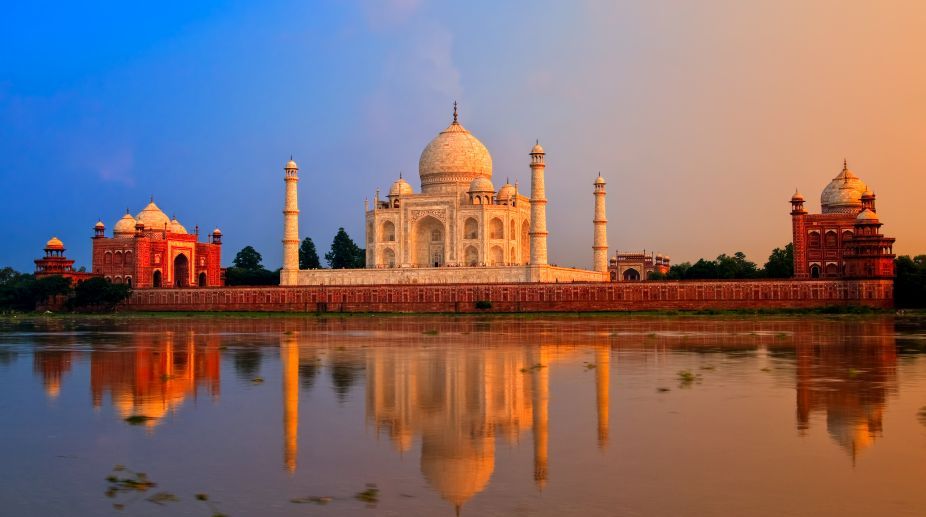The Archaeological Survey of India (ASI) has suggested restricting the visitors’ daily footfall to 40,000 and capping of visiting hours to three hour per ticket, in a bid to preserve the heritage site, according to media reports. However, there’ll be no cap on foreign visitors.
The decision to limit visitors comes a week after five people were injured in a stampede at one of the entry gates of the 17th-century Mughal monument.
Currently, daily visitors go up to 70,000 on many days.
According to media reports, during the first slot (sunrise to 12 pm) 20,000 visitors would be allowed and another 20,000 in the next (12pm till sunset). Prices would be hiked from Rs 40 to Rs 50. There would be separate Rs 100 tickets for the main crypt.
There would be no cap on Rs. 1,000 tickets meant for foreigners, which means Indians too can secure entry if they buy the tickets meant for foreign nationals.
Recently, the SC lashed out at UP and refuse, once again, to let it construct a multi-level parking lot near the Taj Mahal.
Decision taken by ASI, CISF and Agra district administration
Culture Secretary Ravindra Singh held a high-level meeting with ASI officials and representatives of Agra district administration and officers of the Central Industrial Security Force, where the decision was taken.
Ministry officials said that the sale of tickets – both online and offline – will be stopped at the 40,000 mark.
As of now, there is no restriction on the number of people entering the iconic monument complex at any point of time. The average footfall at the monument has increased at a rate of 10-15 per cent per annum.
The ASI is also likely to introduce a system to issue “zero-value” tickets to children below the age of 15 years, enabling them to keep a count of the number of such visitors, whose entry will remain free.
The ASI had in 2012 commissioned the National Environmental Engineering and Research Institute (NEERI) to prepare a report on the monument’s load-bearing capacity.
The decision to limit the number of visitors has been based on the final recommendation in the report submitted by NEERI, the officials said.
The Taj Mahal is considered one of the finest specimens of the Mughal architecture. In 1983, it became a UNESCO World Heritage Site and was cited as “the jewel of Muslim art in India and one of the universally admired masterpieces of the world’s heritage.”










